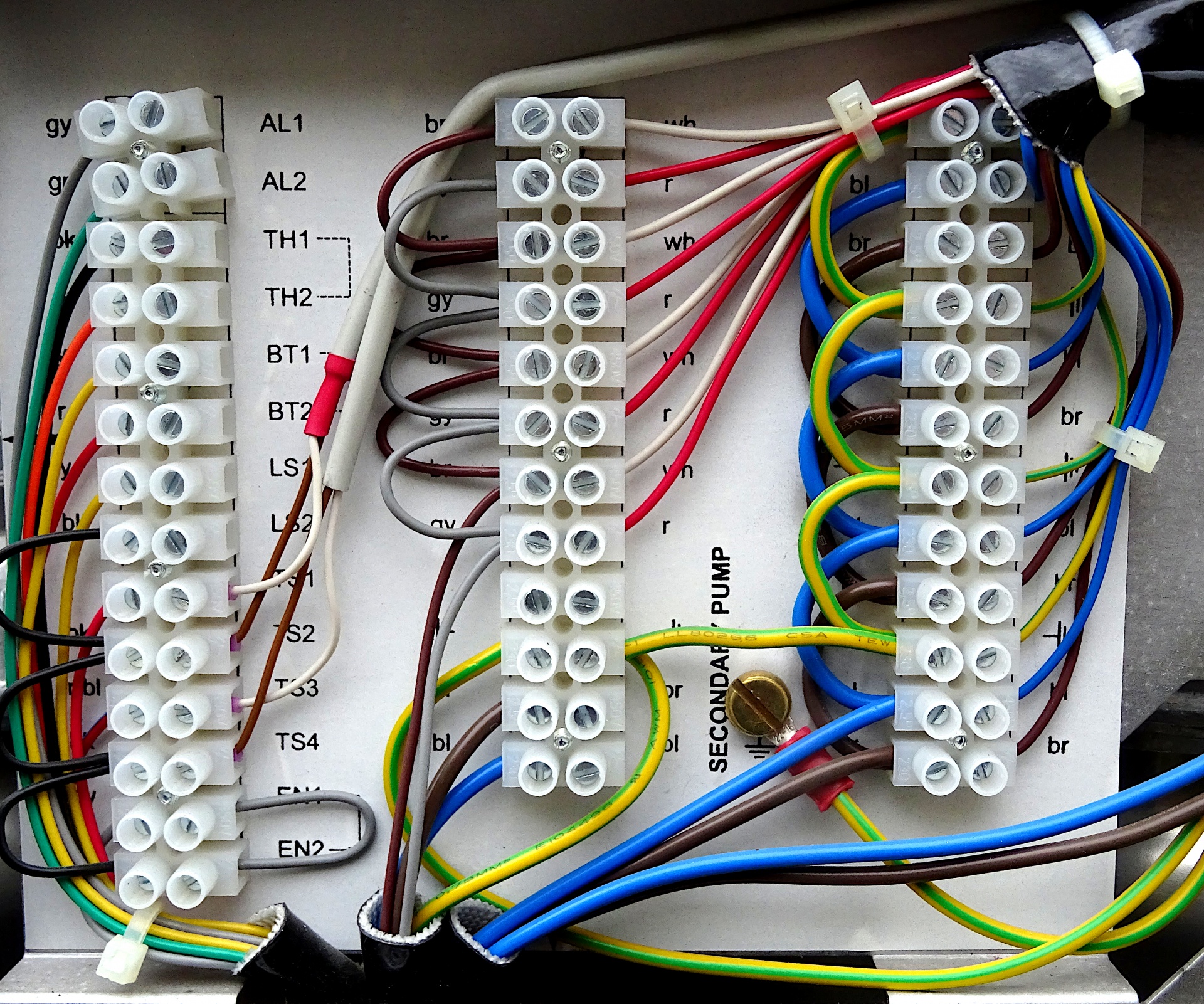 Electrical wiring is the network that provides electricity to your appliances and lighting fixtures. It’s essential to understand the basics of this system.
Electrical wiring is the network that provides electricity to your appliances and lighting fixtures. It’s essential to understand the basics of this system.
You can install new outlets, switches, or other upgrades in your home with a basic knowledge of residential wiring. Learn the basics to avoid costly mistakes and ensure safety while working on these projects.
Basics
Electrical wiring is the network of wires that connects different accessories to distribute electricity in a household. It carries electric current from the supplier meter board to various electrical energy-consuming appliances and home equipment through regulating and safety devices.
An electrical circuit comprises a power source, conductors (wires), switches, and outlets. It is a closed loop through which electricity flows. Switches and outlets control the flow of electrical current to lamps, appliances, and other loads.
A homeowner should have a basic understanding of the new home electrical wiring Philadelphia, PA, to troubleshoot problems more efficiently and make informed decisions when planning new installations. This entails being aware of the location of the electrical panel, the kind of wiring being used, and the significance of appropriate grounding.
Wires
Electricity is supplied to your home through cables that run overhead or underground and connect to your electrical meter. From there, electricity flows to your breaker panel and into your house through outlets, switches, and other devices.
Most electrical wires in your home are insulated and wrapped in a non-conductive plastic coating. However, some are bare and uninsulated. The bare wires in your home are called ground wires and come into play when there’s a short in your circuit or switch.
The most common type of wire and cable used for residential wiring is nonmetallic (NM) wire. NM cable has three or more conductors in one jacket, usually 12- or 14-gauge wire. The insulated wires typically have black and red “hot” wires, white neutral wires, and a bare copper ground wire.
Circuits
While a professional electrician has many years of experience, electrical work can still be intimidating for homeowners. But understanding some basics will help you tackle projects like replacing light switches and adding wall outlets to a room.
A circuit consists of connections that start at the electrical panel and end at a switch or receptacle. The wires that make up a circuit are identified by color. A black (or red) wire is a hot wire that transmits current from the panel to the device, while a white or gray standard wire returns the present to the panel.
Most homes built since the 1960s use nonmetallic, or NM, cables with two conductors and a ground wire. These wires are individually insulated and bundled together inside plastic sheathing.
Outlets and Switches
Whether installing a new outlet, adding a light switch, or expanding your home electrical system, you must run wiring from the breaker panel to the fixture boxes. Before you start any work, make sure that the power to the circuit is turned off at the breaker panel.
Once you’ve done that, remove the covers from each box and look at the wires inside. A black (hot) wire, a white (neutral) wire, and a bare copper grounding wire should be present.
Grounding
Grounding is a safety feature that protects you and your home from electrical fires or shocks. It provides an alternate pathway for electricity to follow if there is a problem with the system of hot and neutral wires.
The wires in a household circuit carry high voltage, which is dangerous to touch without proper protection. When doing electrical wiring work, you must follow all safety procedures, including wearing rubber gloves and a face shield.
If you suspect your home’s wiring is not grounded correctly, check the outlets throughout your home. If they have two holes instead of three, you need to drop them. You can also check the level of your home by tapping the bottom of your foot or the palm of your hand on the ground.






